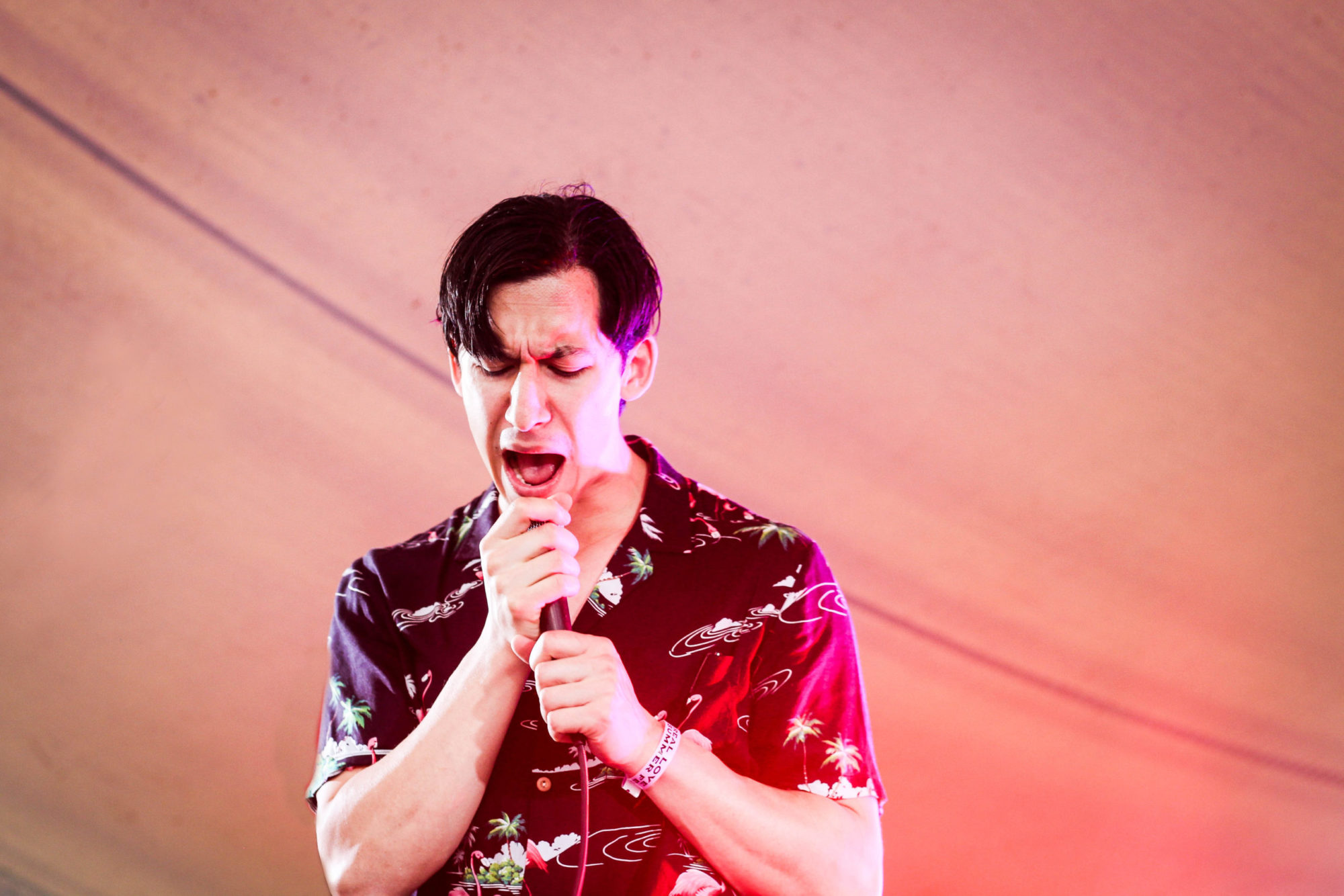
Today will be the third installation of Language Formed in Light, a series of experimental film screenings presented by PLATFORM centre for photographic + digital arts and curated by local filmmaker Clint Enns. For this screening, they’ll be bringing in the films of Michael Robinson, along with the filmmaker himself. His works are obvious appropriations of source material, manipulated and rearranged for fantastic criticisms and forlorn hopes. He was able to answer a handful of questions via email before flying into Winnipeg.
Stylus: Your work utilizes found footage. Where do you believe that the spirit of the original footage ends and the spirit of your film begins? Or do you believe that you’re uncovering hidden truths about the material, like Burroughs said of his Cut-Up Method?
Michael Robinson: I think the spirit of the original material remains intact, regardless of how much I’m altering it. And spirit is a good word for this, as I would like the films to feel haunted by their materials. If anything, I think I’m looking more directly at the surface than digging beneath it, because the truth is usually right there on the surface. We’ve become so accustomed/numb with how to ingest and digest media, particularly television, that a lot of the more absurd or contrived elements can go unnoticed until they’re presented in a slightly different light.
Stylus: At points, you inundate the viewer with video and noise (like when the TV is dropped in Light is Waiting). At what point do you feel like inundation or abstraction can be too much for the viewer, or does such a point even exist?
MR: I like to overwhelm the viewer, not as a means unto itself, but as a result of the struggles being worked out within a given film. So in some ways, I see that inundation and abstraction as a kind of narrative device, where the conflicts between the various elements (sound, image, text, etc) are working themselves out. A space for release of one kind or another.
Stylus: Clint Enns was telling me that you’re quite active in your arts community. What kinds of events are you regularly involved in creating?
MR: I’ve curated some programs here and there, and helped out with a few festivals, but I’m probably a more active viewer than organizer. I try to travel with my work as much as possible, and see as much work as possible, but I don’t do all that much event-creating myself. Starting this fall, I’m programming a monthly series of experimental work for Cornell Cinema in Ithaca.
Stylus: Also, riffing off that, how do the people surrounding you and your films shape your identity and inform your films?
MR: I am probably more directly inspired by the things I find troubling in the world than by the people I am closest to, but those people are of course integral to me making anything, as they shape my day to day existence and give the context and reason for making things. Being able to follow the artwork of a friend from year to year, and to see the progression of his or her ideas, is really exciting to me.
The screening will take place Tuesday, July 12, 2011 at 7 p.m. at the Black Lodge. Third floor of Artspace, at 100 Arthur. This screening is free.

